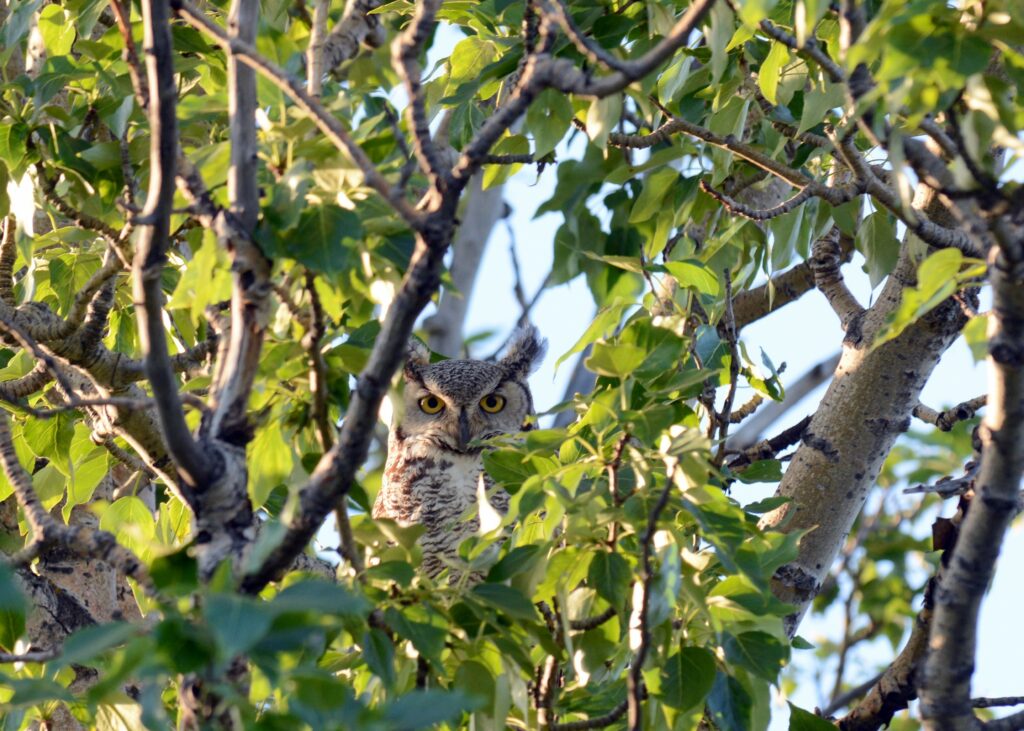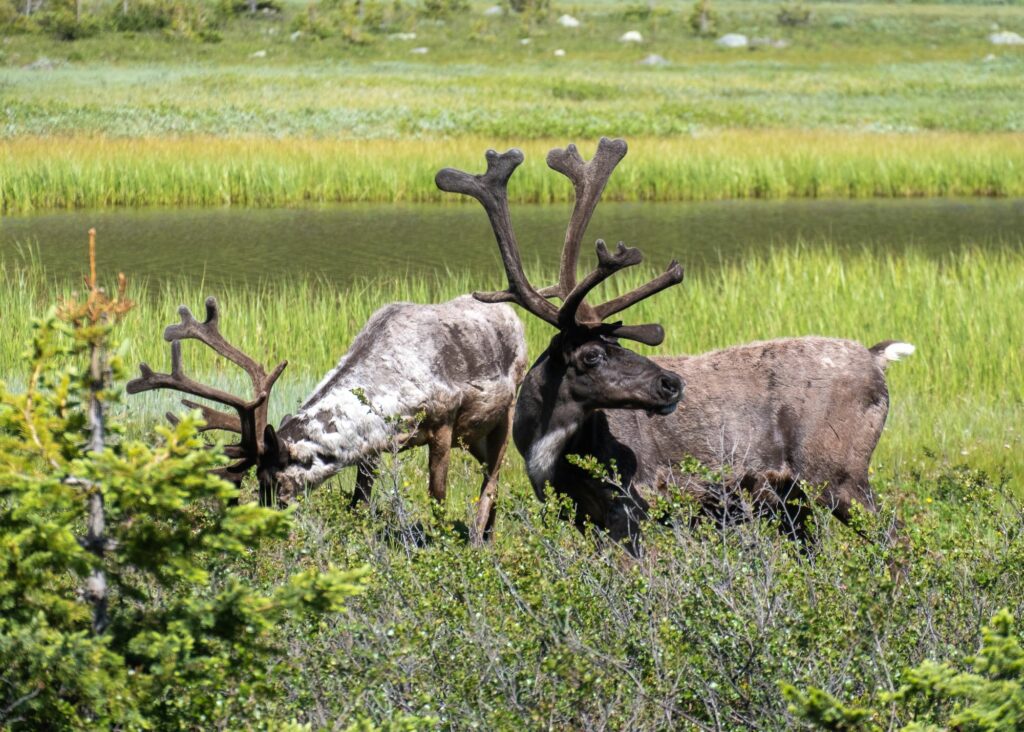Canada’s energy-producing environments, whether onshore and marine, are located in varied ecosystems, surrounded by a wide diversity of plants and animals. Preserving plants and animal habitats are important considerations in all phases of the industry’s operations, from exploration and drilling to production, pipeline construction, and operating facilities.
Biodiversity means the variety of life in a habitat or ecosystem. Energy development can affect biodiversity in a number of ways such as disturbing habitat or making predator movement easier through travel corridors like roads or seismic lines.
Canada’s oil and natural gas industry minimizes impacts on habitats and wildlife by:
- Reducing the size of development through sharing roads and pipeline corridors and drilling multiple wells from a single pad.
- Scheduling work to avoid important nesting, calving, denning, and migration seasons.
- Using deterrents such as scarecrows or noise cannons to keep wildlife away from active operations.
- Prompt revegetation following disturbance.
- Participating in programs focused on restoring and conserving habitats.
- Investing in research and innovation to understand, measure, and mitigate impacts, including to offshore marine environments.
- Participating in multi-stakeholder land-use planning and environmental-monitoring programs.

Focus on Caribou

Caribou populations in Alberta and B.C. are declining because caribou are affected by changes to their habitat, including those resulting from energy exploration and development.
Large animals like caribou (plus moose, deer, and predators such as cougars, wolves, and bears) often use roads and seismic lines as travel corridors or feeding areas. These disturbances are easier to move through than heavy forest and have edible shrubs along the edges. Wolves also use these disturbance features to travel and hunt more efficiently, and this is believed to increase wolves’ encounters with caribou, contributing to decreasing caribou populations.
Research and habitat restoration are ongoing, especially to restore and reclaim roads and seismic lines to discourage use by predators. This restoration is designed to help caribou populations recover. Working to recover caribou populations requires collaboration between the oil and natural gas industry, other industries, Indigenous communities, and provincial and federal governments.
